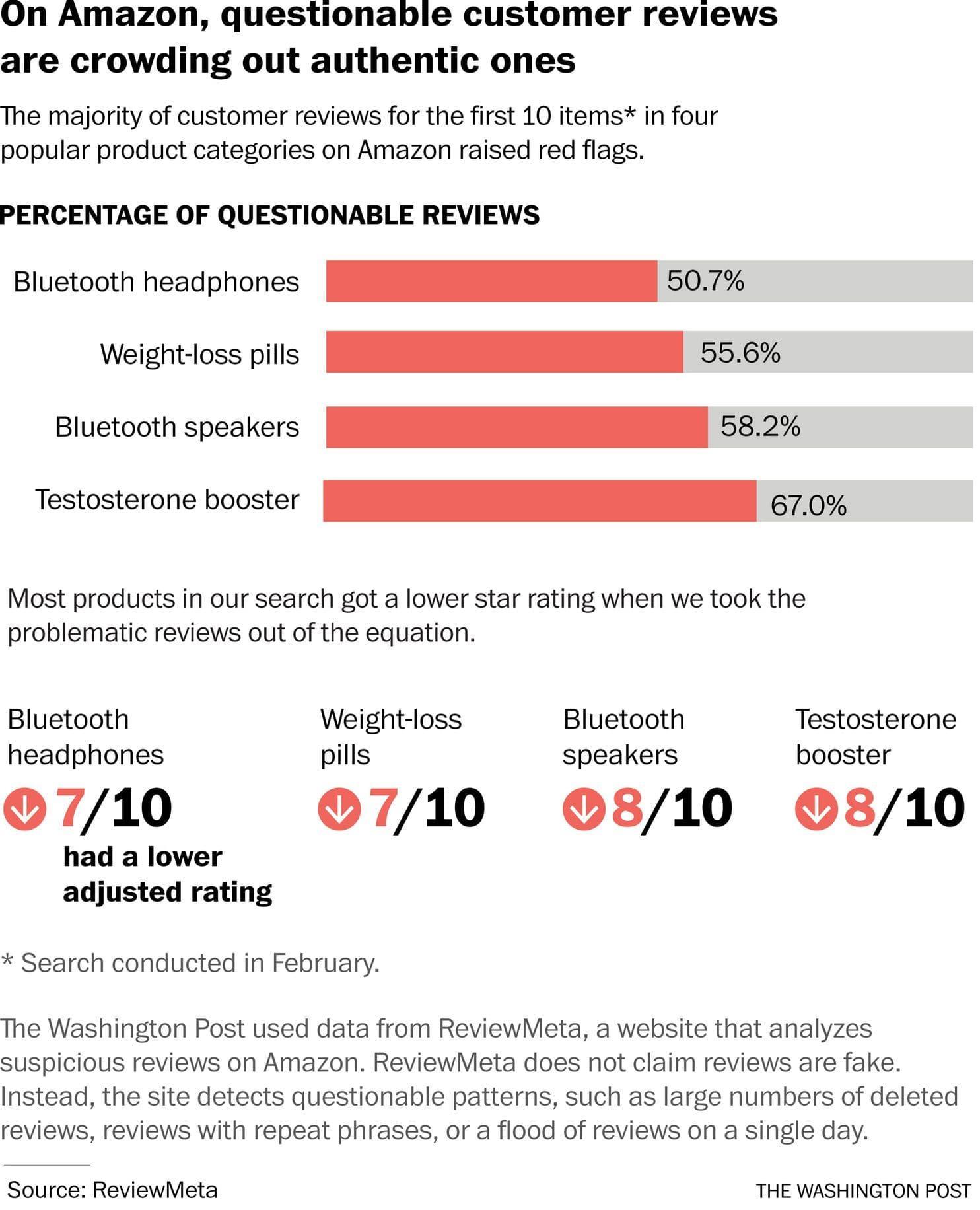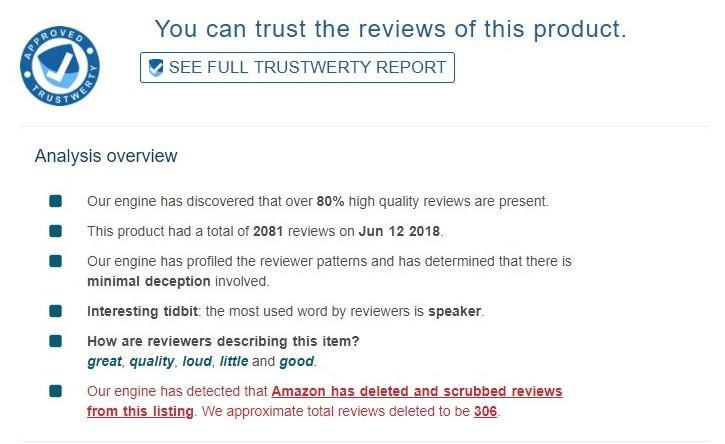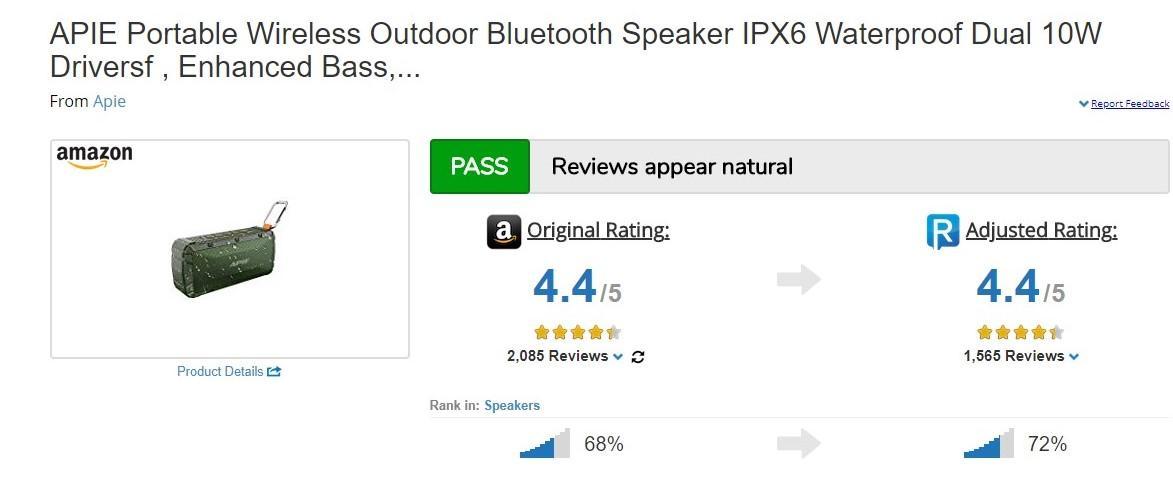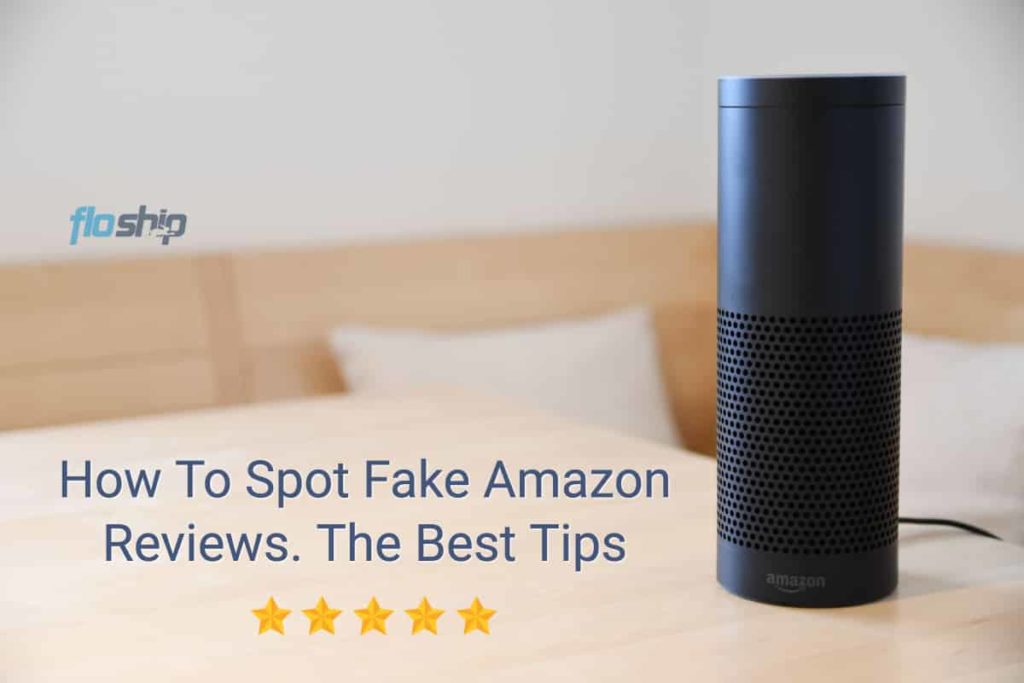Like a lot of other people, we often read reviews before deciding to buy products on Amazon.
For many, it’s a critical part of product research because it can help to identify potential issues that you can encounter while using that product.
With time, however, we begin to rely on online reviews more than we should. Despite a high risk of being tricked by fakes, we continue to treat reviews as credible evidence that proves reliability and quality of products on Amazon.
But should we do that?
Unfortunately, the answer is NO.
“But why? It has so many five-star reviews with pictures of the product being unpackaged and used by customers!”
The answer is really simple: most of them, if not all, are paid reviews. Merchants are using them to sell more products because online shoppers tend to trust online reviews as much as personal recommendations.
In fact, Local Consumer Review Survey found that 86 percent of customers fall under this category, and merchants know that very well.
The need to have as many five-star reviews as possible is also explained by the fact that almost half of online shoppers need at least a four-star rating to make a decision to buy or use services of a business.
For you as an online shopper, this means that you could easily buy a product and end up being dissatisfied because of the fake five-star reviews.
To avoid that, you need to know how to spot them and find a true opinion.
Here are some practical takeaways for you.
Meet Fake Reviews!
Before we get to the techniques for detecting fake reviews, you need to know where they come from. To surge the popularity of their products, sellers often hire people to act as “shoppers” and write positive reviews.
There have been numerous reports of groups and clubs on Facebook where merchants openly ask people to write five-star reviews in exchange for free products or discounts.
For example, according to Amazon’s blog, there were about 100 such groups on Facebook split by product categories and geographic region (one of them had more than 50,000 members!)
After an extensive investigation by Washington Post that used the data from ReviewMeta, a website that analyzes suspicious Amazon reviews, many of these groups were deleted by Facebook. In fact, here are some of the products that the investigation found to have the most of problematic reviews.

(Image Source: Washington Post)
However, despite Amazon’s commitment to eliminate incentivized reviews and to keep the marketplace free from them, there’s hardly any evidence that their number has fallen since the company announced the initiation of anti-fake policies.
This means that the customers need to know how to detect fakes, and that’s what we’re going to learn right now.
How to Spot Fake Amazon Reviews
1. Use Fakespot
Fakespot is a free online service that was designed specifically for detection of fake reviews on sites like Amazon.
Using the service is actually very simple: just paste the URL of the product from Amazon and wait until the system generates a score regarding the likelihood of fake reviews.
Here’s an example of a report generated by Fakespot in a matter of seconds.

The tool also generates a more detailed explanation of the analysis.

The tool uses a number of factors to generate results, including mismatched dates, errors in spelling and punctuation, purchasing patterns, word selection, reviewers’ experience on Amazon, and others.
For example, a review by a customer who wrote only one review using words like “the best product ever” will almost certainly be labeled as “unreliable.”
Fakespot is also available as a Chrome extension.
2. Use ReviewMeta
ReviewMeta is another great tool to evaluate Amazon reviews that uses a different approach than Fakespot.
Although it works pretty much similar (for example, it also requires the user to insert the URL of a product for analysis), it actually reduces the weight of the reviews it perceives as unreliable.
In other words, the tool generates a rating without questionable reviews.
Here’s the report generated by ReviewMeta on the same product we used above:

According to the creators of this tool, it runs 12 different tests to determine unreliable reviews and suspicious traits. This approach ensures a reasonable approach to the analysis.
As you can see, both ReviewMeta and Fakespot are consistent in their results on this particular product, which is a good sign. However, we need to note that the tools aren’t foolproof (and they both admit that).
3. Look for Common Signs of Fakes
If you prefer to evaluate online reviews yourself, there are some proven strategies you can use, including:
Examine the Tone and Language
Some fake reviewers tend to make their reviews sound unnatural. For example, if a review sounds like an infomercial, chances are it’s fake. Also, if the full name of a product is mentioned in every sentence, it may indicate that the reviewer tried to enhance its SEO ranking.
Professional essay writers and other people who work with academic and marketing texts on a regular basis recognize the unnatural tone right away, so if you have someone with an experience in these areas, use their help.
Look for Similar Keywords in Multiple Reviews
Merchants often provide reviewers with specific keywords that need to be included in reviews, so if you detect identical phrases or keywords in multiple reviews, it’s likely that they were incentivized.
Look for Positive Reviews without Any Particular Details
If a review says that the product “is the best ever” but doesn’t explain why, there’s a great possibility that it was written by a fake-review-writer. On the other hand, reviews that contain detailed explanations of why the product is worth buying are more likely to be real.
Conclusion
A five-star rating on Amazon doesn’t necessarily mean that the product is as great as the reviewers describe it.
Unfortunately, fake reviewing has become a big business these days, so we as customers need to protect ourselves from poor quality products and fakes.
For example, instead of relying on Amazon reviews, we should do some research and get more information that helps to make an informed purchase.
We hope that the combination of these tips and a bit of common sense will keep you safe from products popularized by incentivized reviewers.
Find out how to Automate your Amazon Order Fulfillment process with the Amazon + Floship Integration here!
Tom Jager is professional blogger. He works at A-writer. He has degree in Law and English literature. Tom has written numerous articles/online journals. You can reach him at G+ or Facebook.

Ready To Upgrade Your Logistic Solution?
Speak to Floship ecommerce logistic consultant about improving your global support chain today




